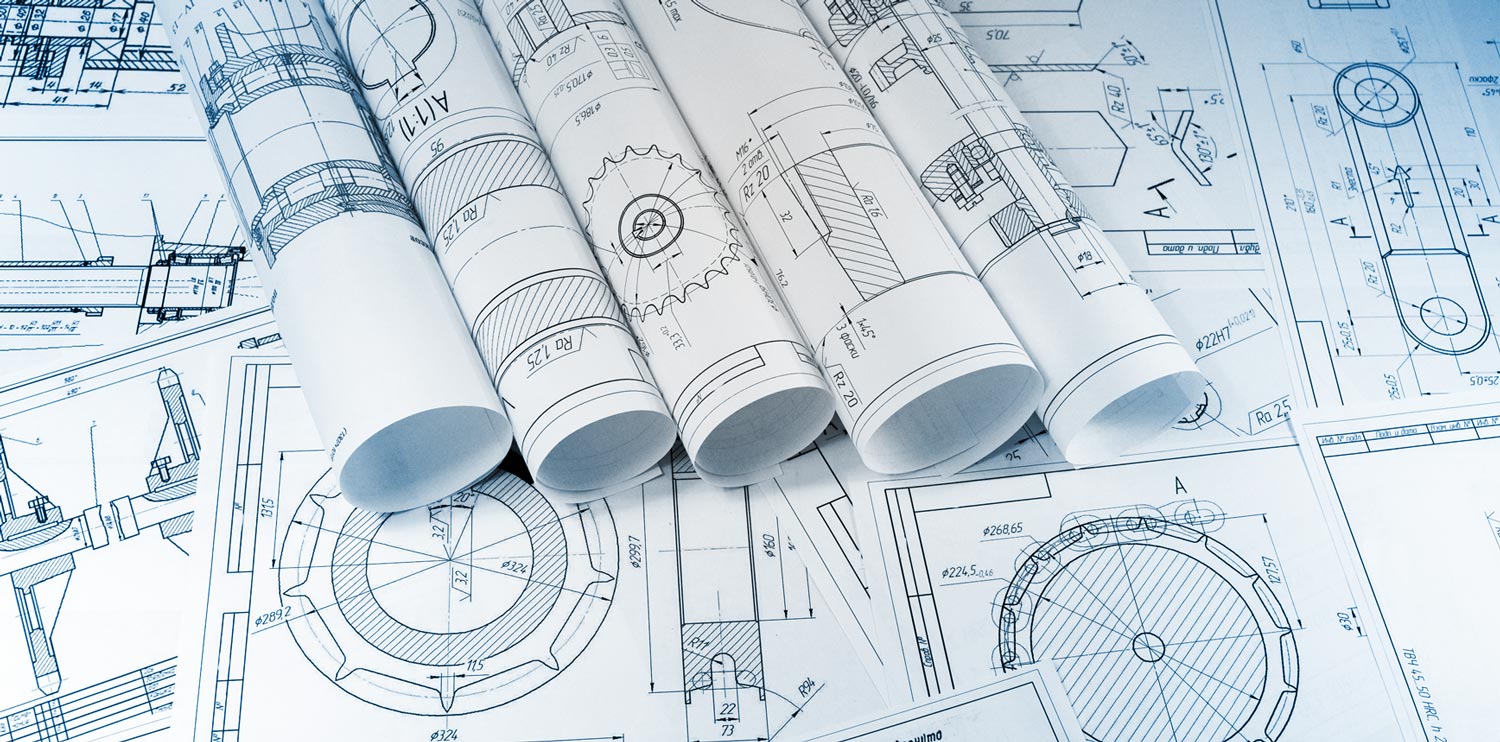HRC Engineer Taps into Talents to Provide Drinking Water to Those in Need
The following blog entry details my experience on a recent trip to Africa for an Engineers Without Borders project.
Dark clouds drifted in as we arrived in the village. Thunder rolled while we shook hands with the elders, and women wearing beaded bracelets from wrist to elbow sang to welcome us. Rain fell lightly – only enough to dapple the dry dusty sand beneath our feet. The clouds and thunder moved on just as quickly as they came. The rain drops dried up leaving no impact on the landscape. As with all types of water, rain is very scarce in this place, and we would see little of it during our trip.
Irkaswaa is a small village, tucked away in the rural semi-arid region of southern Kenya, near the border with Tanzania. It is a small village occupied by Maasai people who belong to one of the oldest tribal cultures in Africa. The village population is estimated at about 1,200 people and they have no access to clean drinking water. This was all we knew when we arrived in the village.
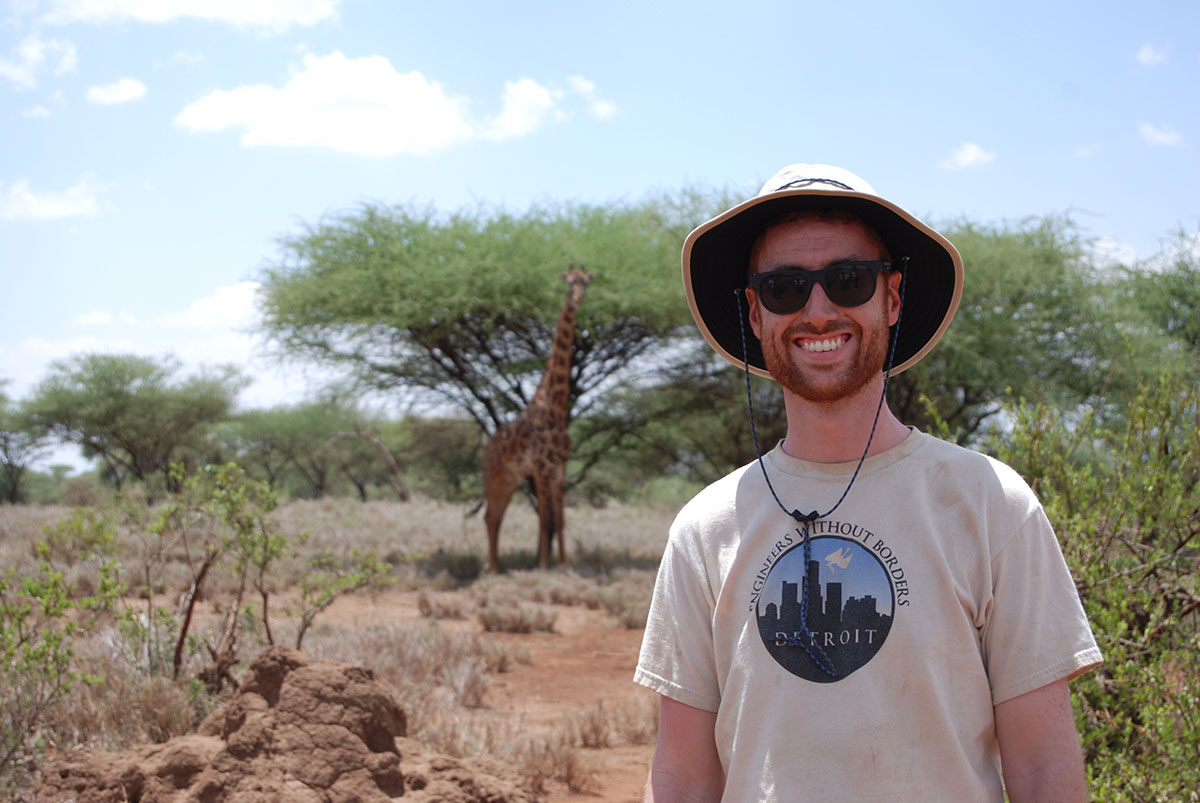
Our journey was long: 24-hours from Detroit to Nairobi, changing flights twice, crossing five time zones, only to be greeted by a six-hour van ride. As we stood there in the village, being greeted by the locals you could have asked me what time it was, or even what day it was, and I would not have been able to tell you. Those questions were the least of my concern in that moment.
Last fall Students from the University of Toledo chapter of Engineers Without Borders (EWB) had contacted me about signing on as a mentor for a new project they were starting, and I agreed. I’ve been involved with EWB for the past five years, working on projects with other professional engineers in the Detroit chapter. With a few years as a water and wastewater engineer under my belt, and having recently become licensed as a Professional Engineer, I was now qualified to serve as a mentor for a student chapter. This was the first trip for this project and the goals for this trip were pretty simple: locate the village, locate a water source, connect one to the other.
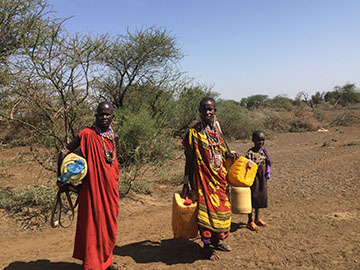
Now that we had arrived in the village, we started by looking for a water source. We had been told that women spend their days walking to various water sources to fill up their jerrycans and carry the water back home. We spent one of our first days in Kenya walking alongside a group of women, to make the journey with them. We walked south through the bush on narrow footpaths as the sun climbed in the sky. Mount Kilimanjaro dominates the skyline in this area, and we were walking towards it, which means we were climbing as well. It occurred to me more than once that being a few miles from the equator, a few days before the equinox, at a few thousand feet above sea level may mean that I was closer to the sun than I’ve even been in my life. While I now doubt whether that is scientifically correct, it certainly felt true at the time.
We walked through the morning, eventually arriving at a road which we followed into neighboring Tanzania, and ultimately to a village with a public tap stand where we would be able to collect our water for the day. We approached the tap stand feeling accomplished – it was a long journey, but we made it. One of the women in our group swung her jerrycan off her back and under the tap, turned the valve to start water flowing, and… nothing happened. The tap was dry, there would be no water that day.
We would later learn that that tap is fed by a centralized water system located several miles further to the south. That system distributes to several villages in that part of Tanzania, and sometimes does not have enough water to keep them all flowing. The women would have to walk back to their homes in Irkaswaa with empty containers. There are other water sources to try, but they are in different directions, and further away. There was not enough daylight left to make the trip safely. These women and their families would simply have to get by without water until the next day. This happens quite regularly.
Irkaswaa is certainly not unique in the problems it’s facing. Globally over 600 million people, almost double the population of the USA, live in water scares conditions (according to United Nations statistics). Climate change is expected to worsen the problem in the coming decades. Although the numbers are large, by modern engineering standards many of the technical problems involved with getting clean water in these places are fairly easy to solve. Designing and constructing a basic water system is straightforward. The hard part is providing the education necessary to understand the importance of clean water, and the organization necessary to continue to operate and maintain a system. To arrive at a sustainable solution the problem must often be framed more broadly: we are not just providing water, we are building community capacity.
Having stalled on our quest to locate water, we refocused our attention to locating the village. Of course we had been in the village for a few days by this time. Our driver could get us there, and the villagers knew how to navigate the area, but if you showed any of them a map of southern Kenya and asked where Irkaswaa is located they would shrug. Using a handheld GPS unit we traced the boundaries of the village, tracking the latitude, longitude and altitude as we went. With this data we would be able to use preexisting satellite imagery to locate each homestead in the village and identify places where water access points should be installed. If nothing else comes out of this trip, our group can at least claim this much: we put Irkaswaa on the map.
By the end of the trip we had all agreed that Irkaswaa was the most water-stressed community any of us had ever worked in. This is about as bad as it gets.
It was during this journey that we came across the Imisygio Primary School. About 300 students attend this school, from Irkaswaa and surrounding villages in Kenya and Tanzania. Because there is no water at the school, students are required to bring water from home. They carry it in orange plastic jugs, or whatever container they may have, each day as they walk to school. We traded with a few of the students, giving them some of our bottled water in exchange for filling a few sample bottles with theirs. As class was dismissed for lunchtime we noticed children running across the dirt road. Curious, we followed them. The children were climbing down the side of a ravine into a dry river-bed. Water jugs in hand they one-by-one approached a puddle of brown, stagnant water and filled up before returning to school for the afternoon.
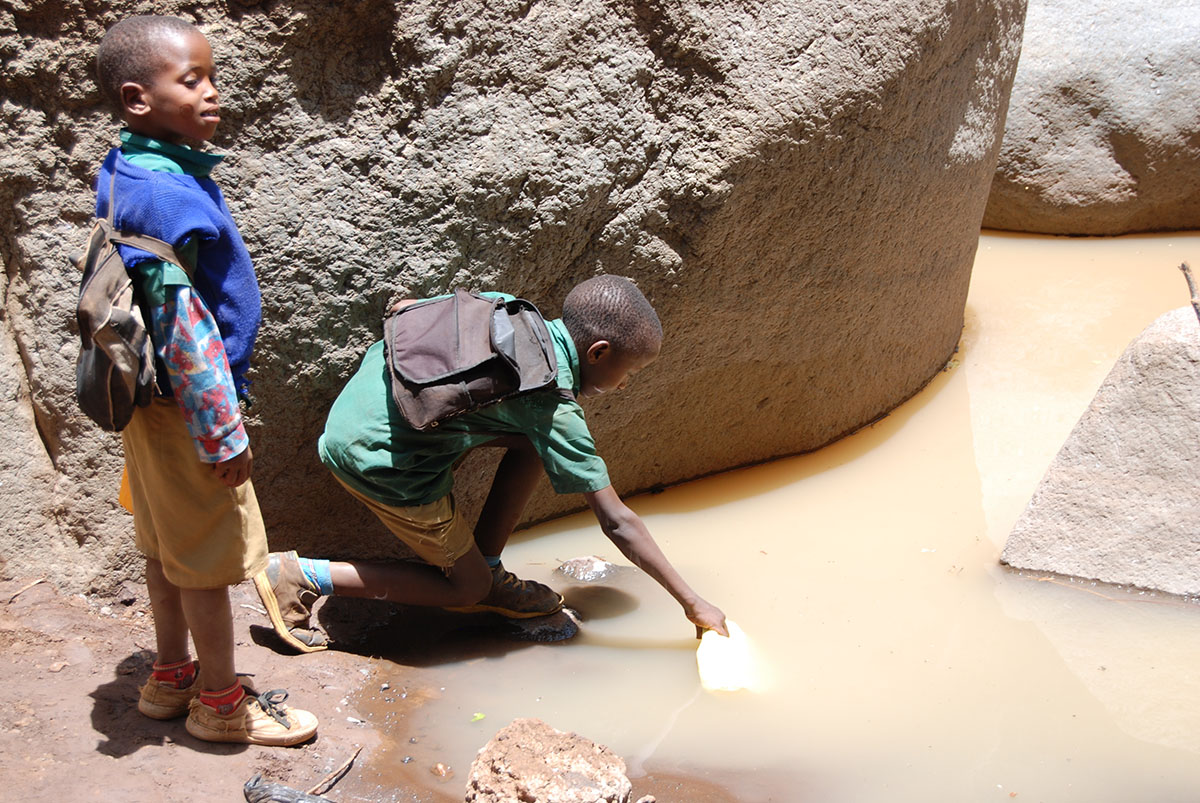
We spent most of the remainder of the trip walking through the village and interviewing the people of Irkaswaa. We learned about the local culture and customs and just how people live their lives day-to-day here. We spoke to men who pride themselves on the immense cattle herds they’ve raised, and who won’t admit to ever being sick from contaminated water. We talked to women who told us exactly how often everyone is sick. Women who imagined a day when they could produce and sell handmade goods to support their family rather than spending everyday walking for miles to get to a water source. We learned that one-in-ten children die from waterborne illness before reaching adulthood.
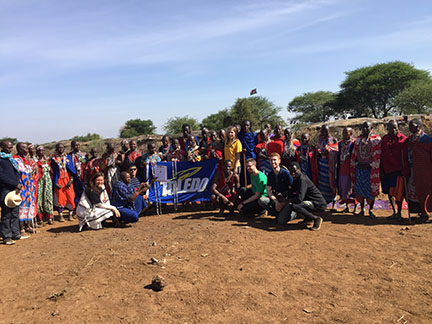
Our team consisted of myself, another professional mentor, and four students from the University of Toledo. Between us we had been involved in about a dozen EWB projects collectively. By the end of the trip we had all agreed that Irkaswaa was the most water-stressed community any of us had ever worked in. This is about as bad as it gets.
Given the dearth of information we had leading into the trip, the amount we were able to accomplish was surprising. We tested water samples from sources within the village with horrifying results, and we tested groundwater samples from wells in neighboring villages (more than five miles away) with promising results. We learned of a half-finished government project to construct a well in the village and began pressuring the government to finish that project. We collected the data necessary to finish that project on our own if the government should fail to do so. We surveyed and mapped the community, signed an agreement with the village leaders who will eventually make up the local water committee.
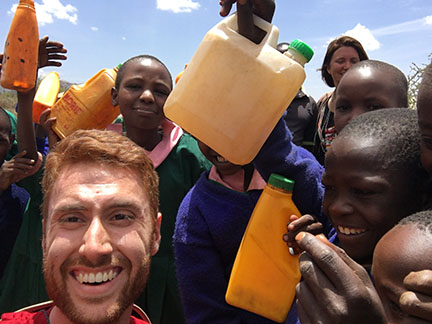
Working with a team of students in this capacity was entirely new to me. I know what it’s like to do these kinds of projects, to help a village in need, but the opportunity to help a group of aspiring engineers to continue this work was enormously rewarding. The last time I began a brand new EWB project I was less than a year out of school. Although I’m certainly no expert now, the amount that I’ve learned since then is enormous. Witnessing the devastating problems this village is facing, while simultaneously knowing that I have many of the technical skills needed to solve them was a surreal experience. I now have this peculiar notion that I may have gone into the field of engineering looking for a career and somehow ended up with a super power.
Daniel Royal, P.E., Staff Engineer
Hubbell, Roth and Clark, Inc.


